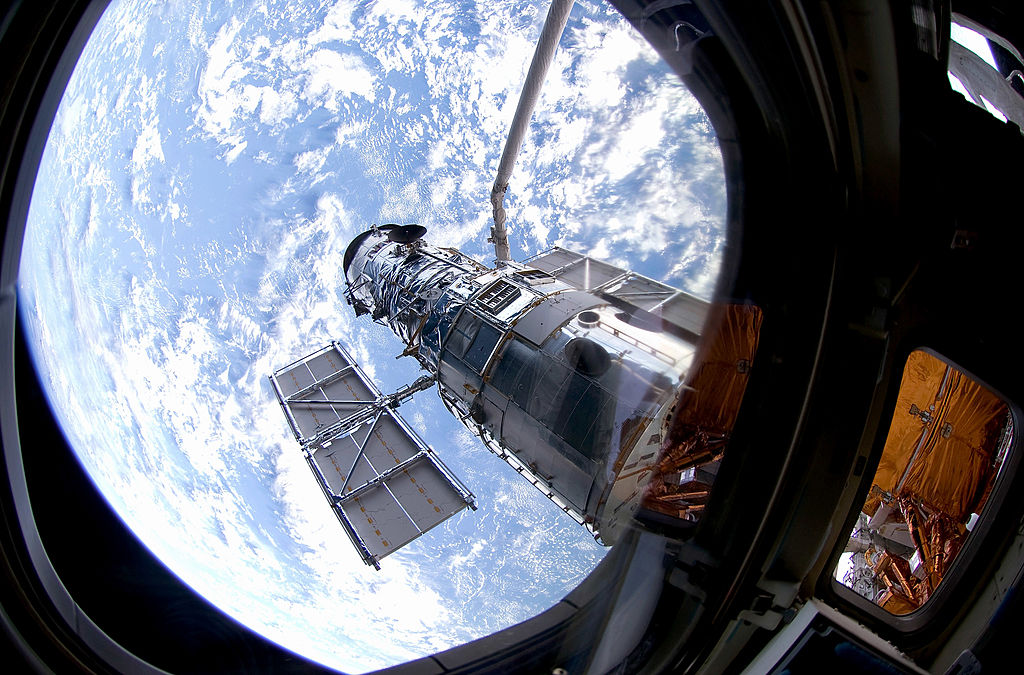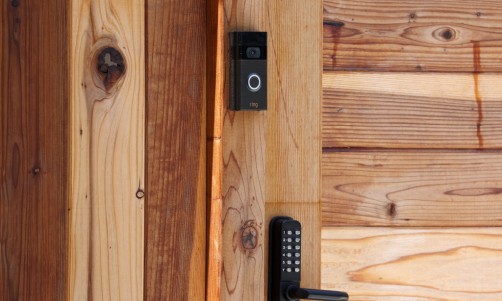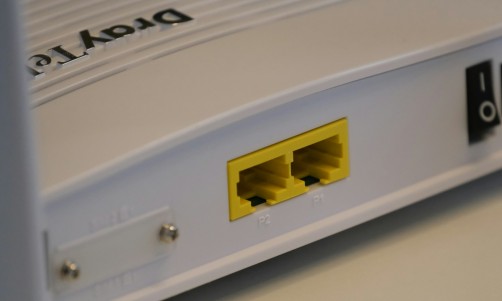The NASA Hubble Space Telescope recently captured a new phenomenon that could help scientists deeply understand black holes. The said discovery showed that it could also form stars despite being known as a dangerous space object!
NASA Hubble Image Shows Black Hole Giving Birth to Stars
In the recent NASA Hubble image posted on Twitter, it showed that a black hole was giving birth to stars despite being tagged as a destructive space object.
Sure, black holes might get a bad rep for being hungry, destructive monsters…
— Hubble (@NASAHubble) January 19, 2022
But Hubble found evidence of a black hole creating stars rather than destroying them!
Learn more: https://t.co/xgoyknWyKj pic.twitter.com/yizKRIuFkE
As of writing, the Twitter post has garnered more than 3,600 likes.
For those who still do not know what a black hole is, the space agency explained that it is a region of space in which gravity is so strong that even light cannot escape. Since energy has been compressed into such a small space, the gravity of a black hole is extremely powerful.
This phenomenon takes place when a star is dying.
Moreover, people cannot observe black holes since no light gets through. This only means that this space object is invisible. Black hole detection can be aided by space telescopes equipped with specialized equipment. Through these new technologies, people will be able to see how stars near black holes perform differently than other stars.
With the definition given, this only means that black holes are dangerous.
However, the new NASA Hubble image captured by the space telescope appears that the celestial object is also capable of doing another phenomenon.
Read Also: Michael Jordan in the Metaverse? NBA Legend Backs Solana NFT With Major Investment!
How Does the New Formation of Stars in the Black Hole Happen
To further emphasize, in the recent NASA blog post, instead of consuming stars, a black hole at the center of the dwarf galaxy Henize 2-10 is producing them. The black hole appears to be contributing to the galaxy's current firestorm of new star creation.
With regards to its location, this dwarf galaxy is situated 30 million light-years away in the constellation Pyxis, located in the southern hemisphere.
For background information, a decade ago, this little galaxy ignited a discussion among astronomers about whether dwarf galaxies hold supermassive black holes comparable to those found in the centers of larger galaxies.
Through this discovery, Henize 2-10, which contains only one-tenth the number of stars seen in our Milky Way, appears to play a key role in answering the issue about where supermassive black holes originated from in the first place.
The principal investigator on the new Hubble observations who also published the first evidence for a black hole in the galaxy in 2011 Amy Reines stated through NASA blog post that "From the beginning I knew something unusual and special was happening in Henize 2-10, and now Hubble has provided a very clear picture of the connection between the black hole and a neighboring star forming region located 230 light-years from the black hole."
The said connection is a gas leak from a brilliant star nursery that extends throughout space like an umbilical cord. When the low-velocity outflow came, the region already had a compact gas.
"Hubble spectroscopy shows the outflow was moving about 1 million miles per hour, slamming into the dense gas like a garden hose hitting a pile of dirt and spreading out. Newborn star clusters dot the path of the outflow's spread, their ages also calculated by Hubble," the blog post continued.
Because dwarf galaxies, such as Henize 2-10, have remained small throughout cosmic time rather than growing and merging like the Milky Way, these offer significant prospective hints.
Astronomers believe that dwarf galaxy black holes could represent analogs for black holes in the early universe, while they were only starting to develop and evolve.
Related Article: NASA Asteroid Warning: Earth Blind Spot, Slow Motion Can Let Asteroid Sneak In!















